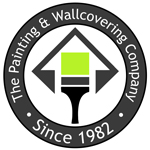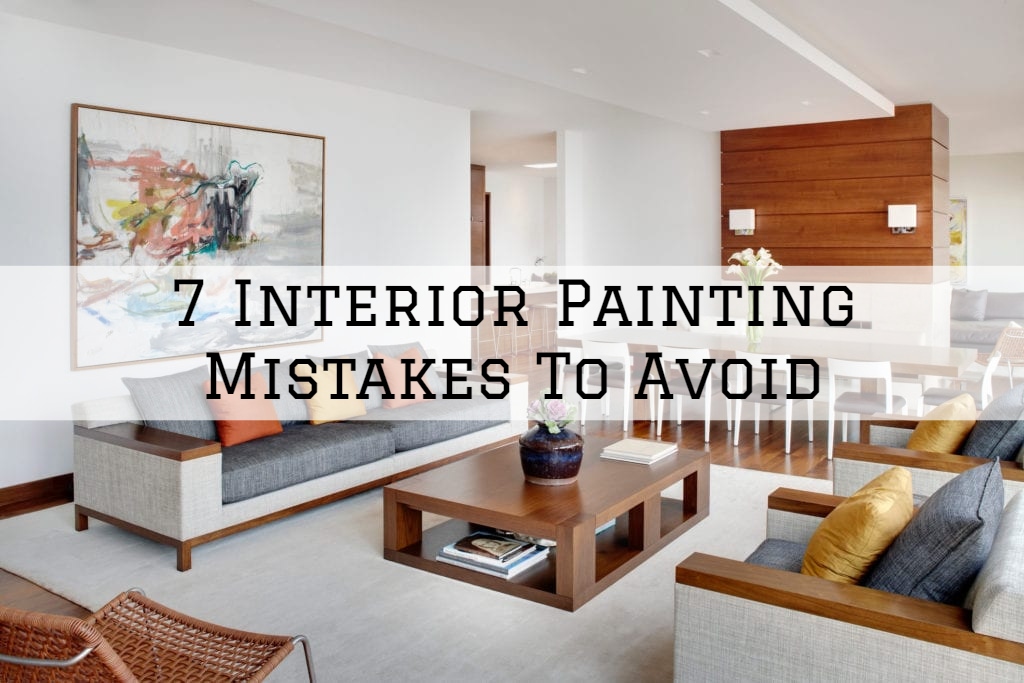7 Interior Painting Mistakes To Avoid in Medford, NJ
7 Interior Painting Mistakes To Avoid in Medford, NJ
Applying a fresh coat of paint to your interior walls is one easy way to update the look of your home.
Most DIYers love to paint their home’s interior as it is a fun and exciting experience.
However, there are some mistakes that you can make especially if it’s your first time painting your home’s interior.
To help you with your interior painting project, here are 7 interior painting mistakes to avoid in Medford, NJ.
1. Painting on an Unprepped Surface
Before you start with your interior painting job, it is very important to prepare the surface of your interior walls or ceilings.
Painting on an unprepped surface will probably result in a rough and uneven paint job which is not pleasing.
For this not to happen, do some prep works such as cleaning your walls and ceilings, removing any flaking or peeling paint, and scraping glossy surfaces.
2. Not Using Painter’s Tape
It is so important to apply painter’s tape to areas where you want to have a uniform paint finish such as your windowsill.
You also need to keep in mind that you have to remove the tape before the paint dries, if not, the paint will stick to the tape.
The best way is to remove the painter’s tape soon after applying your new paint to allow it to dry on its own.
3. Leaving Fixtures Uncovered
Painting your home’s interior will be quite messy, so you don’t want to leave your fixtures uncovered.
So before your start painting, make sure that you have covered any fixtures to prevent them from getting caught up in your paint job.
The fixtures that you need to cover properly include your doorknobs, light switches, light fixtures, etc.
Covering your fixtures will ensure that your new paint will not affect them and will only stick to your interior walls or ceilings.
4. Painting Your Ceiling Last
Most people start their interior painting project by painting their walls first and painting their ceiling last.
If you paint your interior walls first, you’ll have to be very careful when painting your ceiling to avoid smudges.
For you not to have this kind of trouble, always paint your ceiling before painting your interior walls.
This will definitely make your job easier since you don’t have to be concerned about paint smudges anymore.
5. Not Using The Right Tools
You can’t just use any tool for your home interior painting job; there are appropriate tools that you need to use to achieve the best results.
For example, there are certain cases that it’s better to use a roller, and there are some that it’s better to use a paintbrush.
If you have an idea about what tool is best to use for a specific situation, any painting job will be an easy-breezy job for you.
6. Painting on a Wet Surface
Your kitchen and bathroom are more exposed to water compared to other areas inside your home.
When applying paint to these areas, make sure that the walls and ceilings are totally dry to prevent blistering paint or paint peeling.
Also, keep in mind that humid areas require more time for the walls to dry totally so make sure you give them enough time to dry.
7. Painting on a Rotting Wood
Applying your new paint on rotting wood is simply a waste of your time and materials, so save yourself from any trouble by avoiding this mistake.
Always make sure to replace any rotting or rotten wood before applying your new paint.
You must also smooth and fill rough and uneven surfaces before you begin painting.
If you’re looking for a trusted and reliable residential painter in Moorestown, Mt Laurel, Cherry Hill, Haddonfield, Voorhees, Evesham, Medford, Tabernacle, Shamong, and the surrounding areas, we can help.
Call us on 609.953.0944 for a FREE, no-obligation estimate.
Related: Painting Your Home Interior with Bright Colors: Expectations Vs. Reality in Cherry Hill, New Jersey
Interior Painting & Décor Evesham, NJ: How to Create a Unique Ceiling

